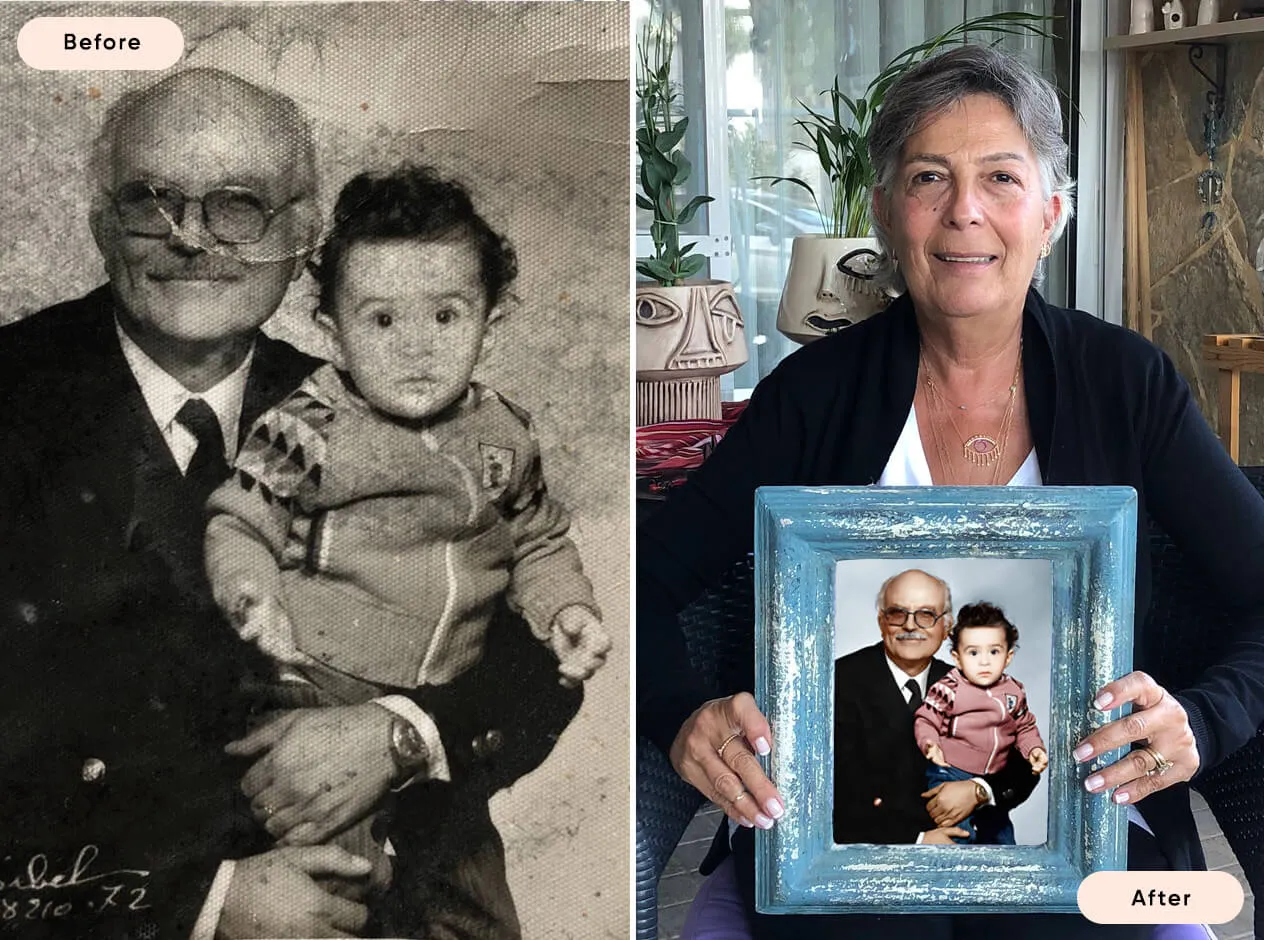What is Sepia? Exploring the Warm Tones of Yesteryear's Photography
In the world of photography and image processing, sepia holds a special place, evoking nostalgia and warmth with its distinctive brownish tones. But what exactly is sepia, and how has its use evolved over time? Let’s delve into the history, application, and modern creation of sepia tone to understand its enduring appeal.
What is Sepia Tone?
Sepia tone refers to a type of monochrome photographic print that mimics the effect of aging but with a brownish tint, rather than grayscale. This effect gives photographs a warmer, more antique look compared to the cooler tones of black and white images.
What is Sepia Color?
Originally, sepia color was derived from the ink sac of the common cuttlefish, Sepia officinalis, used for writing and drawing. It’s characterized by its rich, brown color, which varies from light tan to dark chocolate or burnt umber, depending on its concentration and application.
Where Did Sepia Toning Come From?
The practice of sepia toning traces back to the early days of photography. In the 19th century, photographers began experimenting with chemicals to create more durable and long-lasting prints. Sepia toning emerged as a popular method for preserving photographs due to its ability to prolong the life of the print by replacing silver particles with those of a more stable compound.
What is Sepia Tone Used For?
Historically, sepia toning was used to increase the longevity of photographic prints. Today, it’s largely used for aesthetic purposes, giving photographs a vintage or timeless quality. It’s popular in portrait photography, landscapes, and any genre where the photographer aims to evoke a sense of nostalgia or historical depth.
Who Invented Sepia Toning for Photography?
While no single inventor can be credited with the discovery of sepia toning for photography, it was the collective experimentation of early photographers and chemists that led to the development and refinement of this technique during the 19th century.
Why Were Old Photographs Sepia Toned?
Apart from its aesthetic appeal, sepia toning was a practical choice for preserving photographs. The sepia dye increased the stability of the prints, protecting them from fading and degradation over time, a common issue with early photographic processes.
How Is Sepia Tone Created Today?
With the advent of digital photography, creating a sepia tone no longer requires chemical processing. Digital software allows photographers to apply a sepia filter to their images, adjusting the intensity and hue to achieve the desired effect. This digital sepia toning provides a way to replicate the classic look of sepia in modern photography, maintaining its nostalgic appeal in a more accessible form.
Final Thoughts
Sepia toning remains a beloved effect in photography, cherished for its ability to convey warmth, history, and emotion through a simple color shift. Whether used to give a contemporary photo a timeless feel or to preserve the aesthetic of historical imagery, sepia continues to be a testament to photography’s rich and evolving history.

Or Get YourMoney Back
back your money in the rare case you are not satisfied with the quality of your
damage-free pictures. Only $38 for most image restorations regardless of damage

All rights reserved.